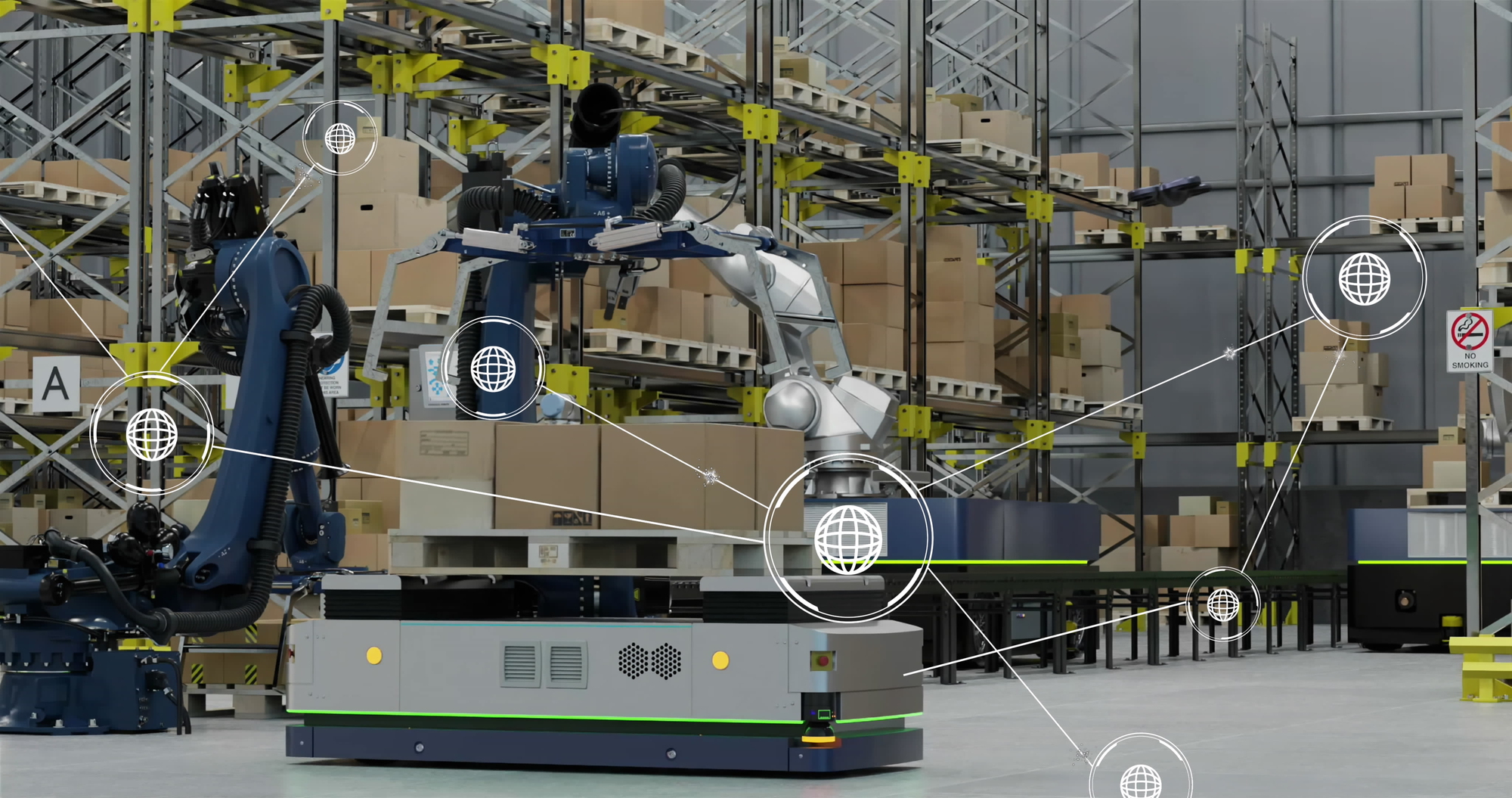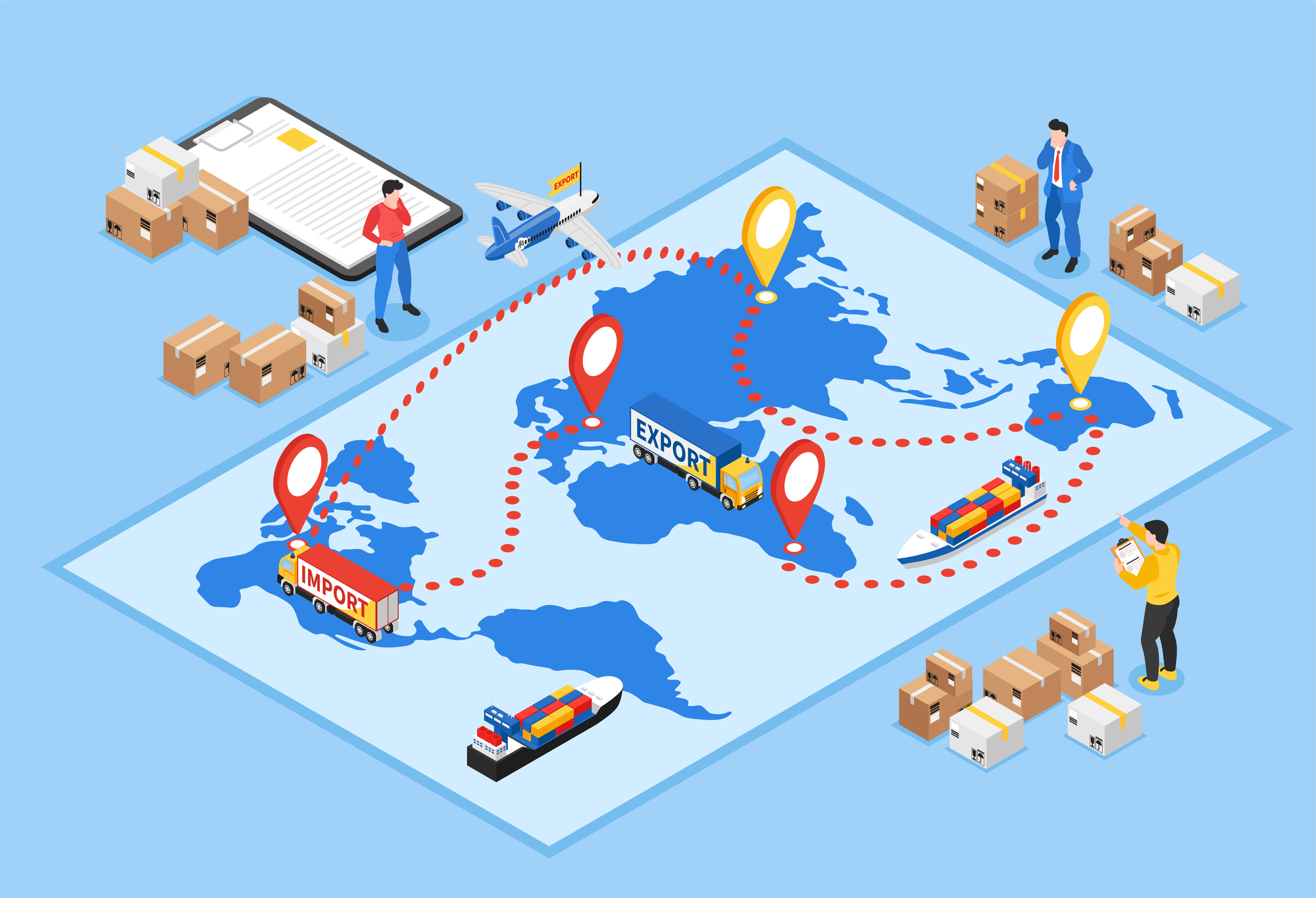The close of the first quarter can mean several things for a business. Usually, it means earnings reports, investor presentations and adjusting projections but it also presents a great opportunity to assess the overall health of the market and gain insight into the direction of the industry. Maintenance, Repair and Operations (MRO) distributors like Grainger, Fastenal and MSC (all of whom are among SDI’s numerous suppliers) have all recognized a shift to digital channels and have adapted their businesses to survive and thrive.
MRO: Shaping to Fit the Digital Landscape
MRO is an often overlooked business function that is integral to the supply chain. It’s the critical supply of parts, materials, equipment and consumables necessary to keep plants and facilities operating safely and productively. Continuity of production or service is critical to any company’s success, yet MRO typically is buried as a line item in tail spend. In today’s competitive global marketplace, leading manufacturers are finding more and more that they must address and optimize their MRO supply chain in order to minimize their risk exposure and better compete. MRO is critical to the success of manufacturing – not just the MRO supply, but the processes behind that supply as well.
While the MRO supply market remains attractive, for suppliers like Grainger, customers continue to evolve using digital channels. The ease of finding products and pricing them online has pushed industrial distributors to meet higher customer expectations with increasing pressure on pricing. In 2016, more than 65% of Grainger’s orders originated digitally. Their investment in more robust eCommerce solutions and their focus on single channel online business tells us that percentage is only going to grow. EDI and eProcurement platforms continue to attract more and more customers. Grainger is seeing this migration as well, with more customer’s electronically purchasing directly on their website. According to Grainger’s 2016 Annual Report, eCommerce accounted for $3.7 billion in US revenue during 2016, up 12% over 2015 and representing 46% of total revenue. MSC, known for its leadership position in metalworking, continues to achieve sustained gross margin stabilization, even in the face of a very soft price environment. Manufacturers work with companies like Grainger, MSC and Fastenal for the promise of improved purchasing efficiency and reduced costs. In Fastenal’s case they have seen significant growth opportunity in the industrial vending marketplace, and the company is committing more and more resources to industrial vending devices and dedicating more of their IT infrastructure to these devices.
The Struggle to Adapt
Now more than ever, we’re seeing consolidation in the market due to the limited capital availability for smaller suppliers. These suppliers don’t have the same capabilities in online platforms and EDI and are quickly consolidating their product lines and services to remain relevant. The appeal of:
- consolidating suppliers, purchase orders and invoices
- reducing stock-outs
- increasing visibility with inventory management solutions and vendor managed inventory
is making outsourcing the MRO supply chain more and more attractive. So traditional distributors are improving their eProcurement and vending solutions, to reduce the number of brick and mortar locations while still enabling customers to gain inventory visibility and drive profitability. For example, MSC consolidated branch offices that were relatively close in proximity last year to gain operational efficiencies. They had no new branch openings last year.
This shift to web-enabled and cloud-based solutions presents a clear cross roads for the industrial supply industry. How do companies leverage the Industrial Internet of Things to help their customers see the intersection between asset management and supply chain management? How do the major players shift their business models to account for the complexity of software, hardware and interconnected systems? Companies – both the suppliers and the clients – will be forced to think differently about how to engage with the different parties within their direct and indirect supply chains.
Grainger, MSC and Fastenal all report facing emerging competitors in the online distribution space that compete with price transparency. We know that Amazon Business has been carving a good slice out of Amazon’s traditional business and has built on that business with the sale of MRO supplies. These factors are only making MRO supply and distribution more competitive and forcing the traditional suppliers to think outside their primary business models. They’re consolidating the market through internal expansion and merger/acquisition activity. While merging with a competitor would allow them to improve efficiency and derive greater economies of scale, it also could force the major players to shift to lower cost business models that would undoubtedly affect sales margins and profitability.
The Industrial Internet of Things
Spend Matters – the online publication focusing on eProcurement, e-invoicing, P2P, GPOs, and supplier enablement among other procurement-related topics – recently released their first SolutionMap to chart a group of eProcurement solution providers to map capability and value. But eProcurement providers are different than industrial suppliers who have an online platform. And it’s important to know how these different entities work together. How do Coupa, SAP Ariba and GEP (for example) work with industrial suppliers like Grainger, MSC and Fastenal? How does supply chain as-a-service help orchestrate all the players and ensure everyone achieves the value they need? And how is the Industrial Internet of Things changing how all those entities play together?
SDI is co-hosting an event with Microsoft, The Industrial Internet of Things: Moving Manufacturing from Reactive to Predictive. This symposium will be held at the Microsoft Technology Center in Malvern, Pennsylvania with a special guest speaker from AT Kearney on June 8th from 9:00am – 11:30am. Event highlights will include:
- How the IIoT is changing the face of manufacturing
- How it impacts the supply chain ecosystem
- Presentation of real-life case studies on how companies are leveraging IIoT now to improve production operations




